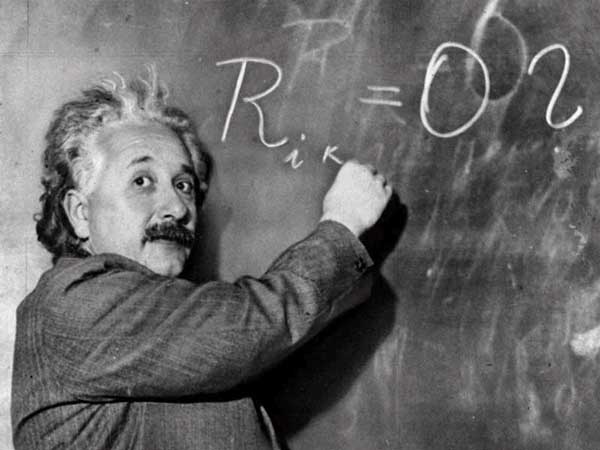Instead of offending various interest groups, let's try making taxes easier to calculate
When U.S. House Speaker John Boehner and President Barack Obama started their "fiscal cliff" negotiations last year, there was great hope that the U.S. was heading toward a repeat of 1986, when President Ronald Reagan secured major reforms to simplify the income-tax code.
We didn't get 1986. We didn't even come close. Despite early, ambitious proposals to reduce tax expenditures -- the myriad exemptions, deductions and credits within the tax code -- lawmakers couldn't agree on a single simplification.
Big tax reform isn't likely to get any further this year, when Republicans and Democrats resume conversations on fiscal issues to avert two pending government shutdowns: the debt ceiling and the expiration of the "continuing resolution," which funds the federal operating budget.
The very thing that makes base-broadening tax reform so attractive in the abstract makes it unattainable in political practice. You offend few people by pledging to reduce tax expenditures. But try to actually eliminate the deduction on mortgage interest? Prepare to have the National Association of Realtors block the deal. Take away the deduction on charitable contributions and every non-profit organization in the country will call for your head.
Almost every major tax expenditure has a powerful interest group ready to rally in its defense. That's why the expenditures are there in the first place, and why they are worth several hundred billion dollars in foregone annual tax revenue.
This is not to say advocates should lose hope on tax reform. Instead, they should try focusing on a major method of tax simplification largely overlooked in the 2012 conversation: tax standardization.
Americans now spend a combined 6.1 billion man-hours completing their taxes each year, according to a report from the Office of the Taxpayer Advocate, which plays the role of ombudsman within the Internal Revenue Service. That's the rough equivalent of a full workweek for every taxpayer -- a tremendous national waste of time, which comes with significant opportunity costs.
Compliance costs are approximately $105 billion to $175 billion per year in 2007 dollars, according to the Tax Policy Center, though changes to electronic tax filing may make these estimates a bit high. Nevertheless, this amounts to between 4.3 percent and 7.2 percent of total federal tax revenue. For comparison, compliance costs can be about 1 percent of tax revenue in other developed countries.
Successful tax standardization would thus reduce compliance costs by the equivalent of a historically large tax cut. If such costs could be reduced to 1 percent of revenue, standardization would be worth $1.2 trillion over 10 years. That's more than a third of the George W. Bush tax cuts in terms of value.
How could the U.S. accomplish such standardization? The Tax Policy Center provides a useful collection of the best proposals. Here are three broad strategies to simplify and standardize taxes: align the eligibility thresholds for rate brackets and all tax expenditures, consolidate similar tax provisions and use a single definition of "child."
Past Congresses have left a nonsensical jumble of eligibility standards for tax expenditures. The result is a system in which credits and deductions have their own income thresholds and phase-out ranges. The current chaos also creates wild volatility in effective marginal tax rates as credits phase in and out.
A future Congress can replace the accumulated disorder with a single, simple and rational system by grouping the income thresholds for various benefits, their phase-outs and tax-rate brackets. That would make it much faster and easier for most people to determine their eligibility for and the value of their deductions and credits.
Congress should also consider merging tax credits that apply to the same activities and are frequently collected together. For low-income families with dependents, for instance, the earned-income tax credit, the child tax credit and the dependent-care credit could be folded together into a single credit, with shared paperwork and filing requirements.
Sometimes, the fixes are head-bangingly simple, such as using a common definition of "qualified child" across tax credits and deductions. Under the current system, it is possible have different numbers of "children" depending on the benefit program. A child must be younger than 13 for the child and dependent care credit, but he or she can be as old as 17 for the child credit, or even 19 for the earned-income tax credit. Such complexity is unnecessary.
Tax standardization can potentially go even further than these incremental solutions. Another bright idea is to shift tax expenditures out of the tax code and make them actual spending programs. For example, instead of deducting mortgage interest from your taxes, you would pay taxes without taking the deduction and then receive a check in the mail.
This would make no real difference to taxpayers. But it would create two major opportunities for tax reform in the future.
First, by shifting out tax expenditures, the U.S. would have a federal code simple enough that the vast majority of filers wouldn't need to file their own taxes. The U.S. could adopt either a system of “exact withholding” or a “tax agency reconciliation” system.
In the former, your employer would withhold the exact amount you owe in taxes -- no tax return required. In the latter, the IRS would send you a bill calculating your tax liability, which you could approve or adjust. Either system would dramatically reduce compliance costs, even counting the time it would take to file for the “rebate” spending.
Second, this seemingly semantic shift would force the public to see tax expenditures for what they really are: government spending. This might even help the U.S. warm to the idea of more aggressive tax reductions over time.
Tax reform a la 1986 may not be possible in today's political environment. But tax standardization is a goal within reach in 2013.
--Bloomberg News--
(Evan Soltas is a contributor to the Ticker. The views expressed are his own.)







